
[ Equipment: Steamer. For more information about the terminology in this recipe, see Low Temperature Baking: A Journey of 3 Paths ].
This steamed focaccia features a slow-rise, no-knead wet dough and is delicious and flavorful by itself, in a sandwich or toasted. Baking with dry heat tends to mute flavors, but from the first bite, the key characteristic of this bread is fresh flavors. Basil, sun-dried tomatoes and olive oil together all scream “pizza” but with an unusual intensity in the ingredients. Choose the basil carefully, because any bitterness in the leaves will be preserved in the finished loaf. Unusual in a steamed bread, the “browned” top crust visually suggests a baked bread, and there is even a hint of crust texture and flavor. More discussion on the browning technique below.
This recipe is a redux of my original slow-baked tomato-basil focaccia. It could be steam-baked too, for maybe a little more flavor in the crust, because of the lower humidity.
As is true of most steamed breads, the steamed focaccia is moist, but it also has a soft, light texture and it stays soft and moist for several days due to the incorporation of olive oil. By itself, the olive oil dough has become one of my favorite doughs for steaming. I make it when I need a basic bread, and am too busy to knead dough for a baked loaf. Compared to a freshly-baked water-roux sandwich bread, it doesn’t taste as creamy and may be a bit firmer in springyness, but it also keeps longer.
I’ve tried doughs with a higher olive oil content and recommend caution. The oil inhibits the rise, so more oil requires more yeast to leaven the dough. For example, increasing the olive oil to 2-1/2 teaspoons reduces rise height over 30% with the “pinch” of yeast specified. Even with double the yeast (say 1/8 teaspoon), the rise may not completely recover – though oil does enrich the bread and the softer, more cake-like, denser loaf may still be very tasty. The taste of the olive oil itself begins to stand out, so I recommend a good quality oil.
Although the dough is heavily hydrated (it’s almost a batter, but not quite), over- and under-hydrating will alter the texture. An under-hydrated dough (too little water) will stream up dry. An over-hydrated dough will need more time in the steamer and may produce a cakey texture and/or a coarser crumb, although my experience has been that steamed breads hold onto so much moisture that a coarse crumb isn’t as objectionable as in baked loaves. Rather, as the bread ages, the coarser texture stands out, more so after a light toasting. Even then, some may prefer the coarser texture in toasted bread.
The golden tone in the top crust is my idea for “browning” a steamed bread and is more than a cosmetic touch: it imparts a subtle flavor and texture as well. I brushed the top of the loaf with alkalized olive water before steaming. While it’s not the dark, thick, crispy crust of a regular focaccia, it does complete the presentation to the eyes and the mouth – and without adding the off-flavors of other browning agents.
I got the idea while making Chinese steamed buns, after observing that mixing baking soda into the dough after the first rise to neutralize acid caused brown streaks in the buns. Any unreacted soda alkalized the dough and facilitated Maillard browning, the same process for coloring pretzels dark brown by dipping them in a baking soda solution. Maillard reactions (specifically the binding of sugars to the amino acid asparagine) are responsible for the formation of acrylamides in baked foods, but in this recipe, the bread is steamed, and steamed foods have not been a significant source of acrylamides. In any case, the olive water can be omitted if no browning is desired.
Makes 6 servings
– 110 calories per serving
– Oven Temperatures: steamed
Dough:
- 1-1/4 cup all-purpose flour (6.1 oz)
- 1 teaspoon sugar
- 1/2 teaspoon salt
- pinch of active dry yeast or dry rapid-rise yeast (approx. 1/16 teaspoon)
- 1/2 to 1 cup warm water
- 1-1/2 teaspoon extra virgin olive oil
- 2 teaspoons fresh basil, roughly chopped
mix dry. add 1/2 c water. add water 1 tablespoon at a time to form spreadable dough with a wet sheen – 1 T water for my 6.1 oz flour. mix in basil. rise
mash 6 green olives in a cup. cover with 1/4 cup hot water. infuse at least 30 minutes. Strain, reserving liquid.
steam 35-40 minutes. int. temp over 200F
Topping:
- 4 sun-dried tomato halves, rehydrated in 1/2 cup hot water, sliced into thin strips
- 2 teaspoons fresh basil, sliced into thin strips
- extra virgin olive oil for brushing dough
- coarse salt

1. Mix the flour, yeast, salt and water as described in steps 1 to 5 of the Chinese Steamed Buns recipe and let rise for 12 to 24 hours. Add the basil leaves and 1/2 cup of the warm water to the flour mixture first, mix and then add more water, a tablespoon at a time to form the dough. Hydration level is important. Too much will produce bread with a coarse texture. Too little and the bread will fail to rise.
Hydration depends on the moisture in the flour, which can vary brand to brand and batch to batch, and in the fresh basil leaves.
The focaccia dough differs from the steamed bun dough only in the amount of flour and the higher salt-to-flour ratio. The steamed bun dough has less salt because the filling dominates the seasoning of the buns.

2. Add olive oil and basil and vigorously mix the dough to deflate it and evenly distribute the oil and basil. Let the dough rest for 15-30 minutes to relax the gluten.

3. Cover the bottom of a 7-inch springform pan with a sheet of wax paper or parchment paper. Seat the pan collar around the bottom section and latch it. The wax paper should be securely held in place. Cut off any excess paper sticking out of the pan, leaving a small border of about 1/2 inch.
4. Grease the inside of the springform pan.

5. Pour the dough into the springform pan and spread it evenly to completely cover the bottom of the pan. Cover and let rise in a warm place until at least double in size – about 2 to 4 hours.
6. Preheat the oven or cooker to 250°F/121°C.
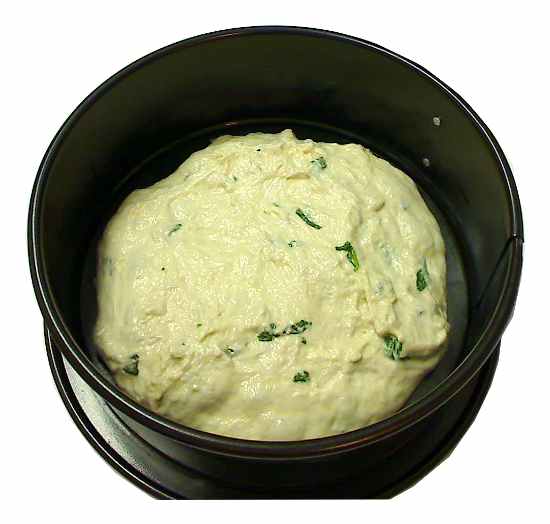
7. Gently brush on a thin layer of olive oil over the dough and sprinkle with coarse salt.

8. Press small clumps of tomato strips deep into the dough, distributing the clumps evenly over the dough. There should be about 10 or so tomato depressions. Too many depressions could deflate the dough.

9. Sprinkle the top with the sliced basil. Lightly press down on the basil so that it sticks to the surface.

10. Bake at 250°F/121°C for about 2 hours. If baking in an oven, place a small ovenproof cup of boiling water on the oven floor to moisten the air inside. If baking in a cooker, place two layers of paper towels under the lid to absorb excess moisture. Do not open the oven or cooker while baking. The moisture will help keep the crust from drying out before interior of the loaf has finished cooking.
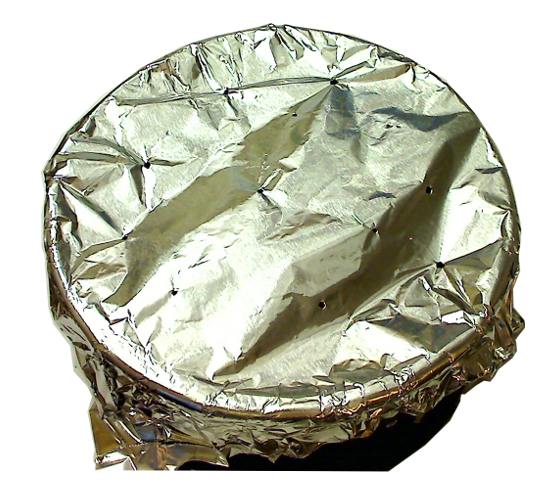
11. Insert an instant-read thermometer into the center of the focaccia. If it reads 180°F/82°C or higher, continue to the next step.

12. Remove paper towels (cooker) or cup of water (oven). If baking in a cooker, leave lid slightly ajar to vent moisture. Reduce temperature to 225°F/107°C and bake for another 45 minutes or until the crust is dry and the focaccia has begun to pull away from the sides of the pan. When the focaccia is toasted in step 15, the drying will help produce a crunchier crust, especially at the edges.
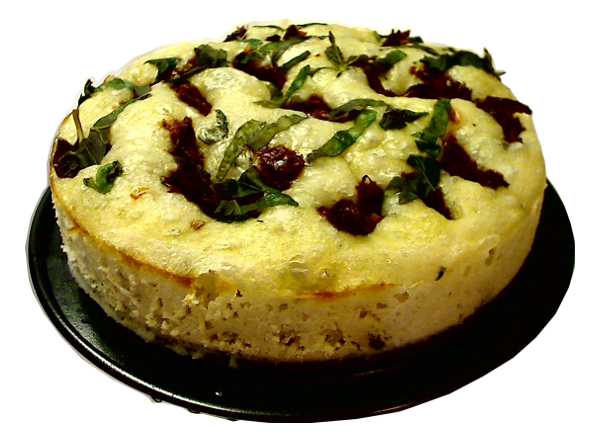
14. Cool in cooker/oven with lid/door open a crack to vent moisture. Unmold. Put focaccia inside a plastic food bag and seal until ready to serve.

15. To serve, mark the focaccia into 6 wedges and cut out one wedge. Slice the wedge in half horizontally (this focaccia turned out 1-1/4 inch thick). Place each half in toaster and toast on the lightest setting or a setting to obtain the desired amount of browning. I set my toaster to the lowest setting of “1” and measured just over 300°F/148°C before the cycle ended.
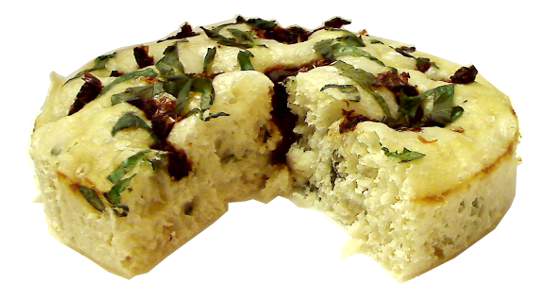






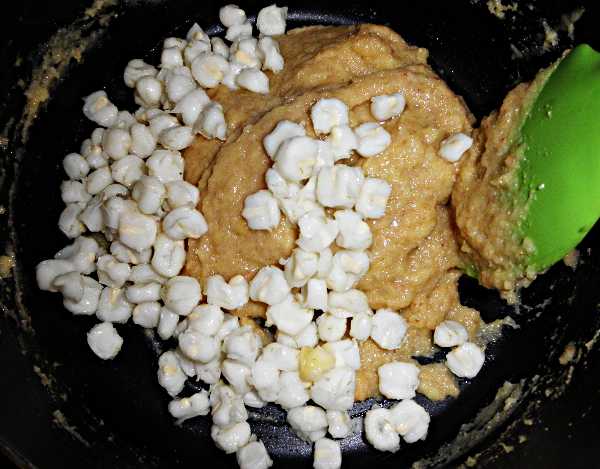








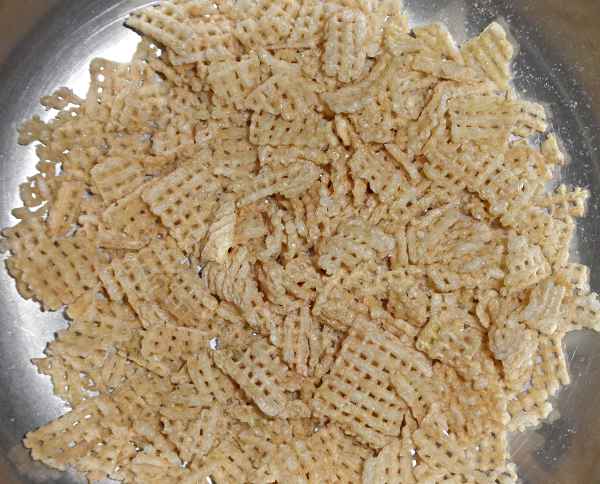







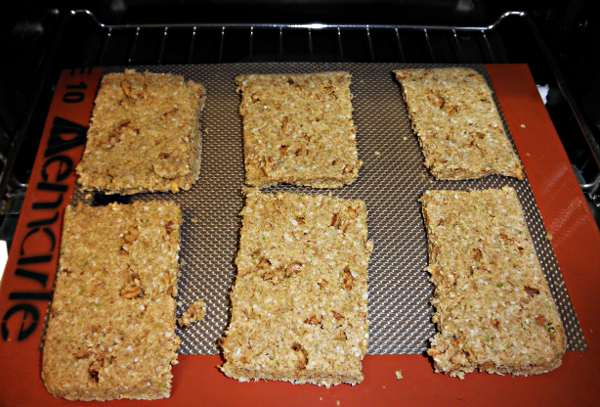



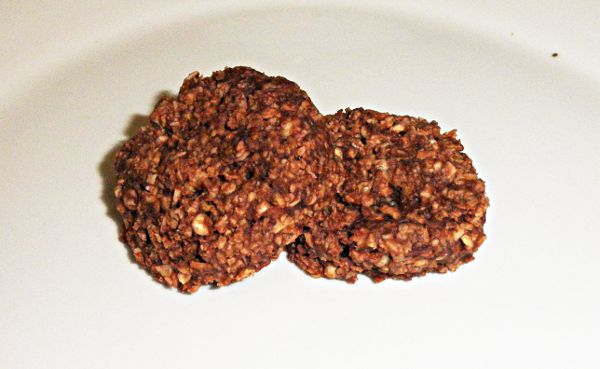

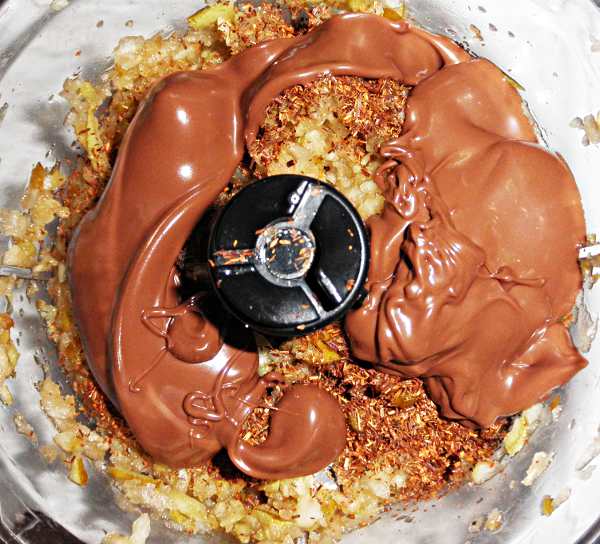

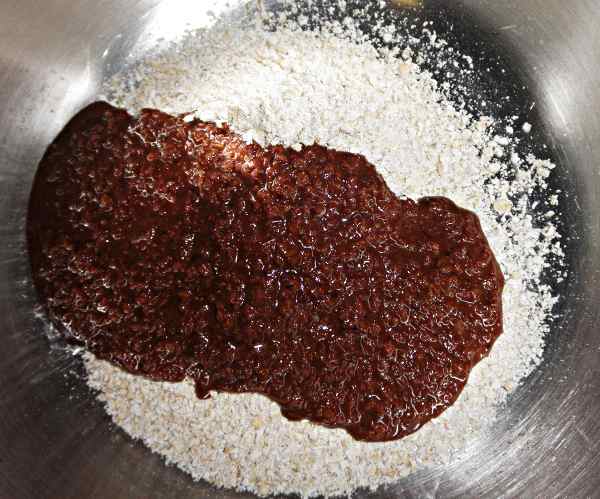

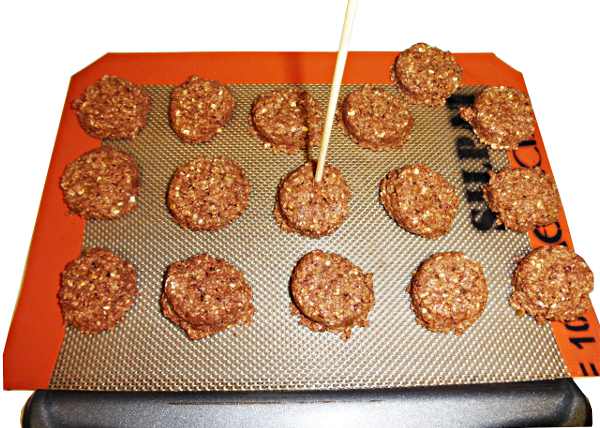


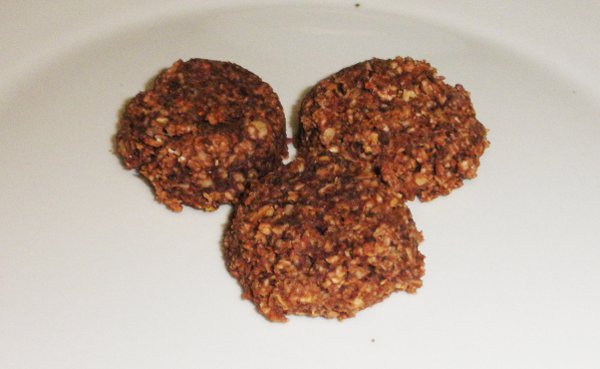





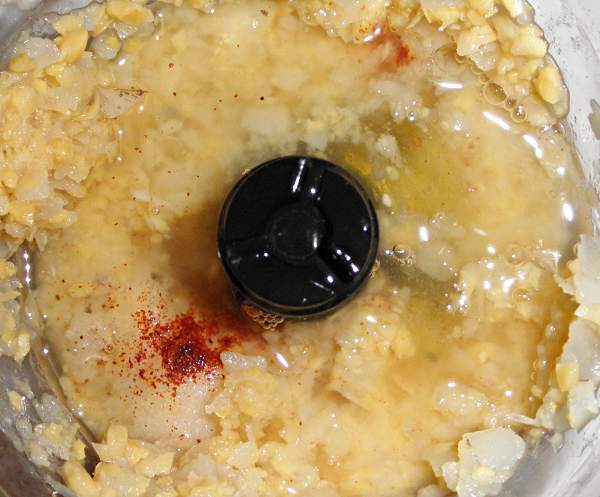



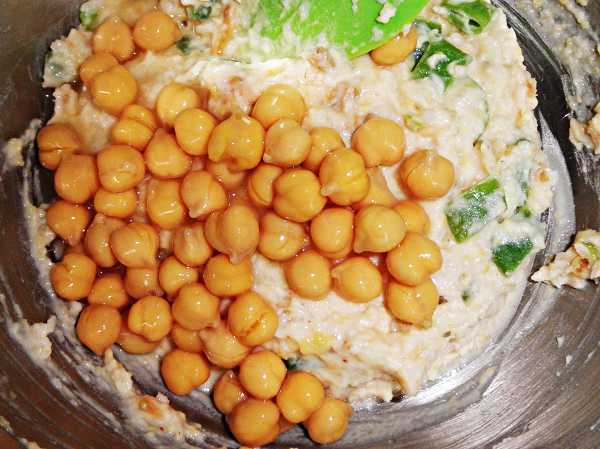



























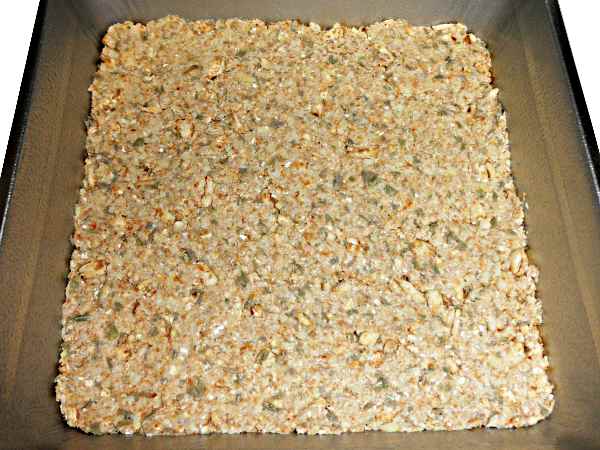
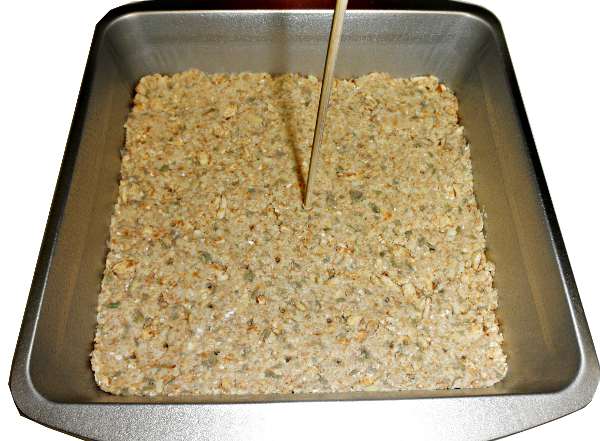
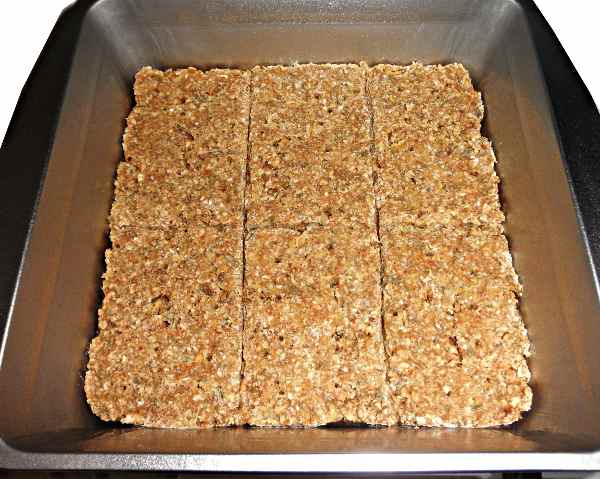





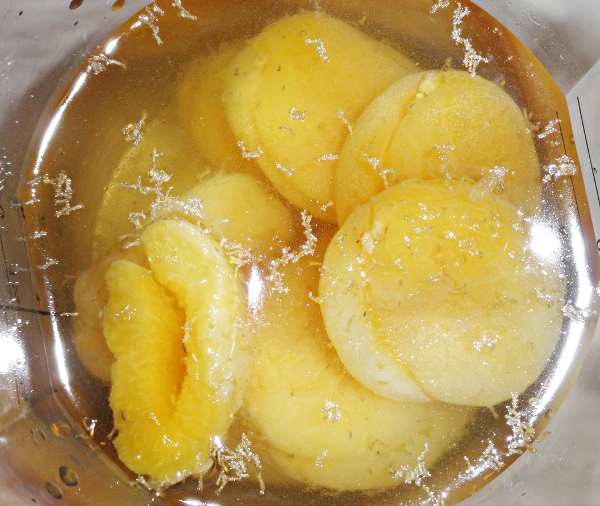

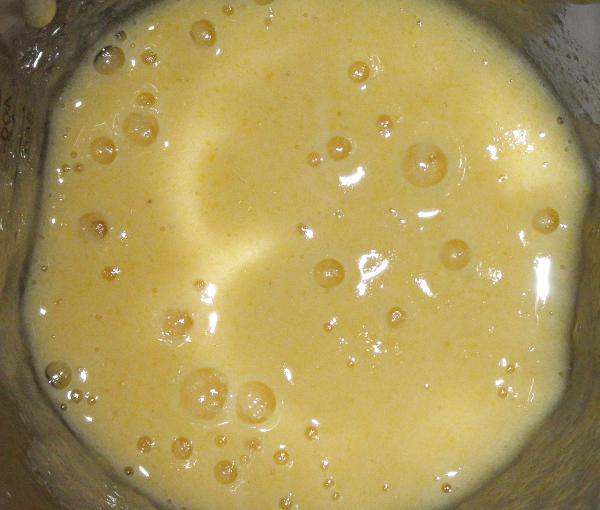


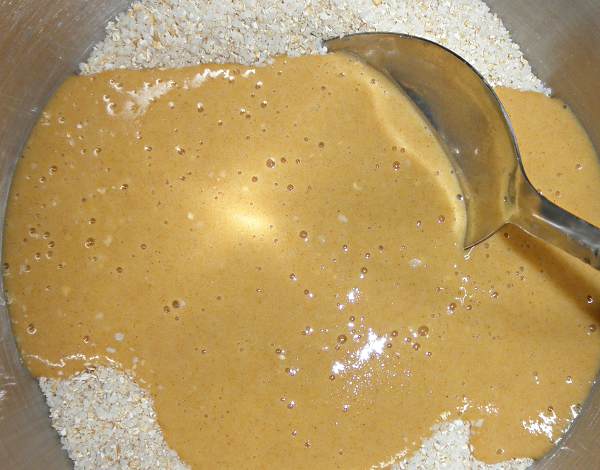





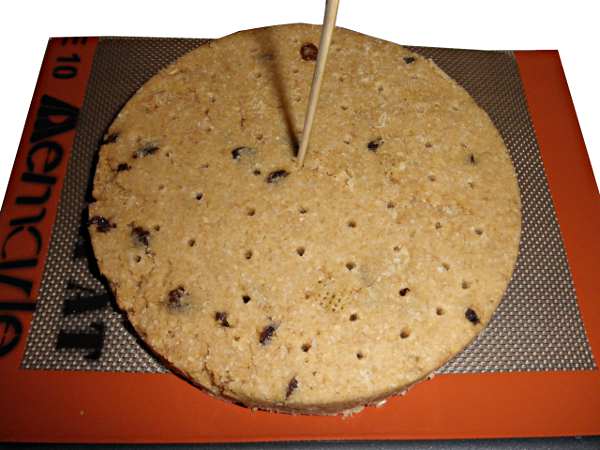
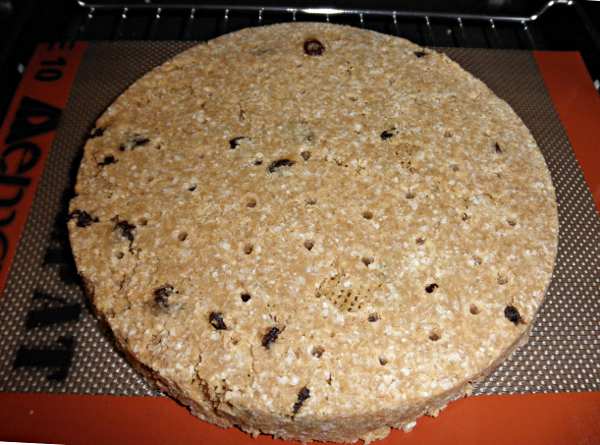

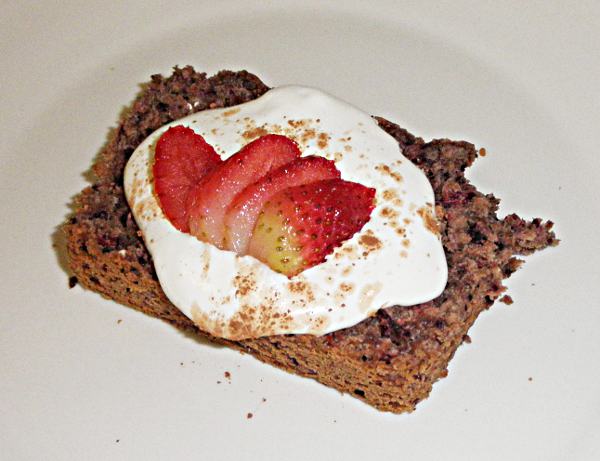





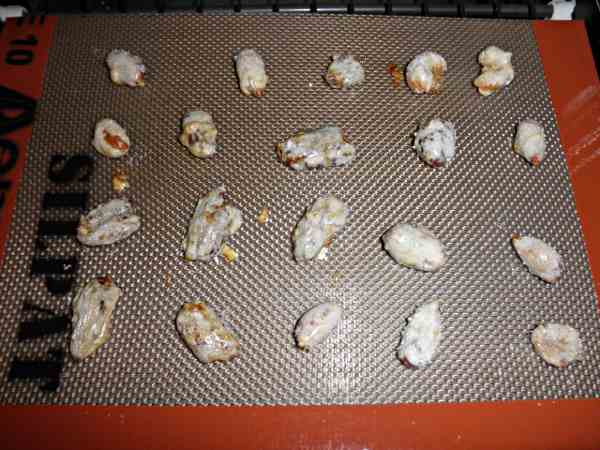



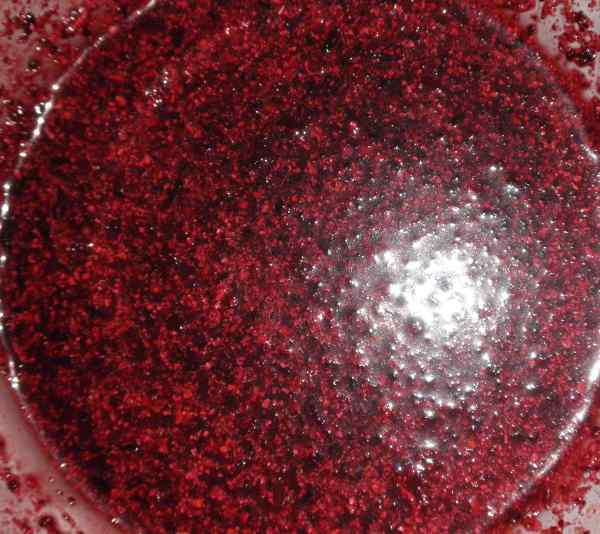



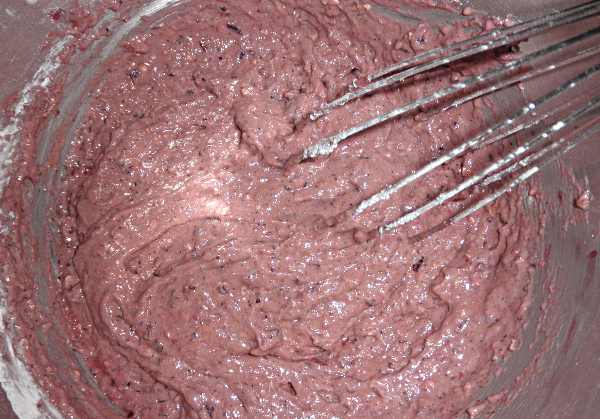
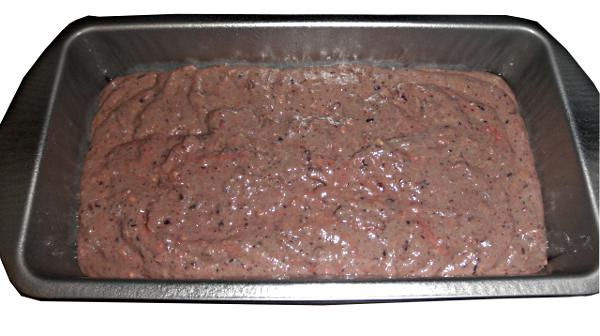

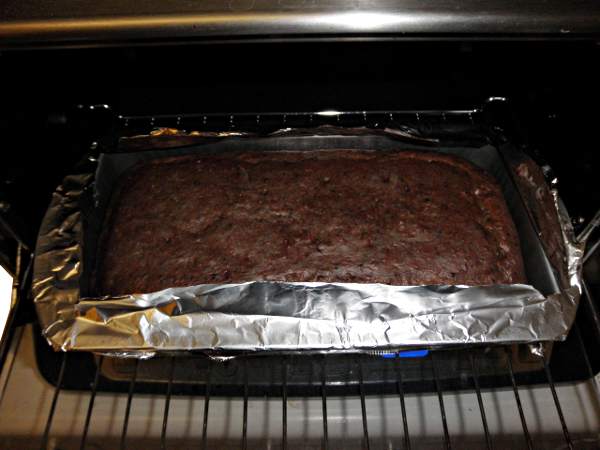

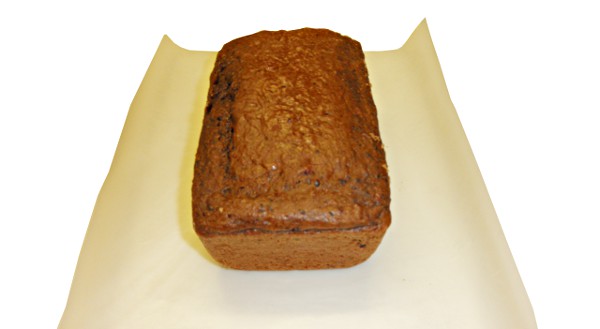
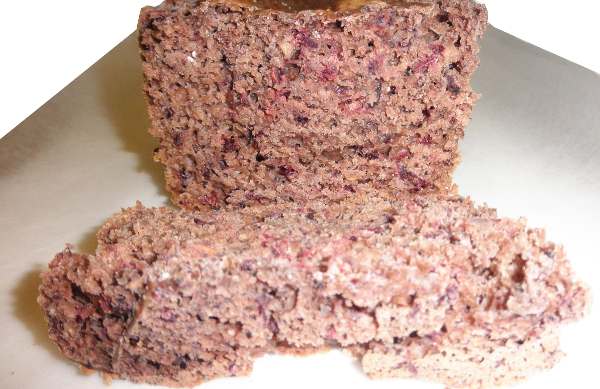





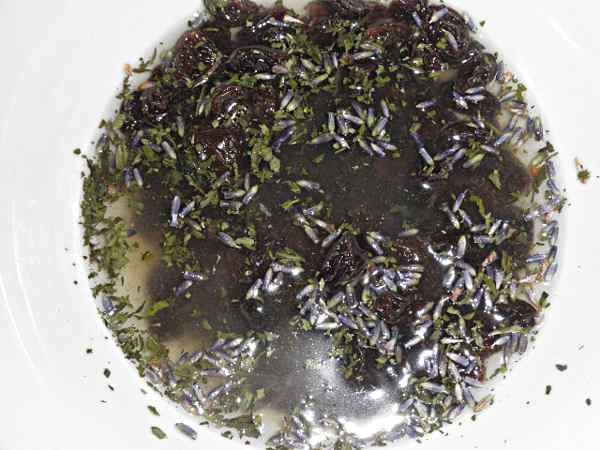
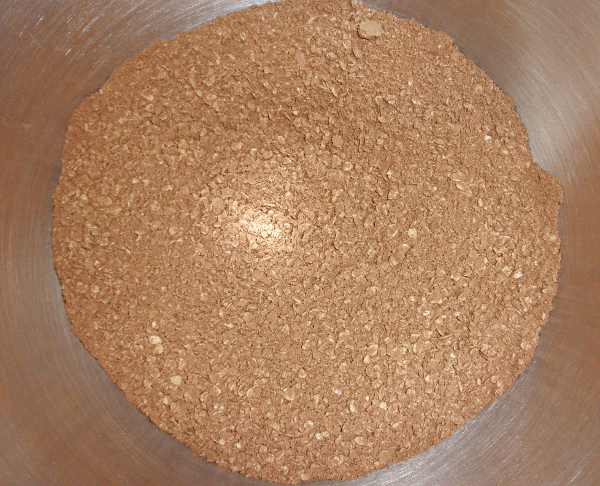


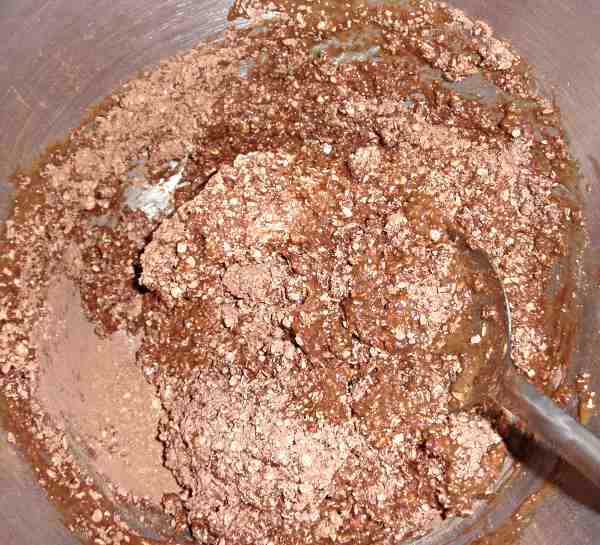











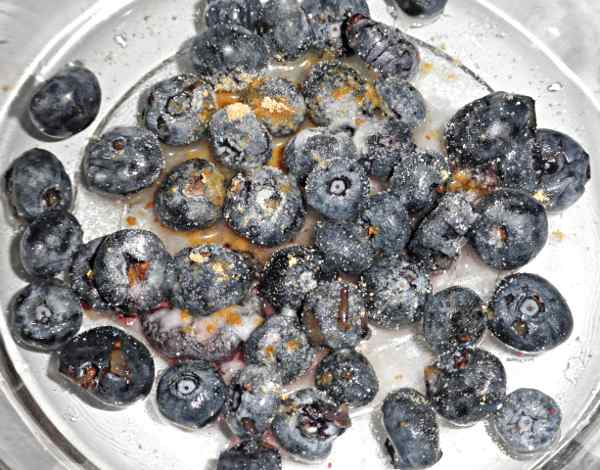







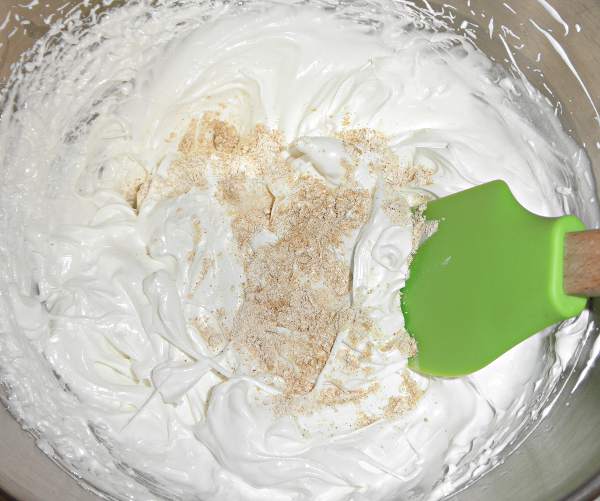










You must be logged in to post a comment.